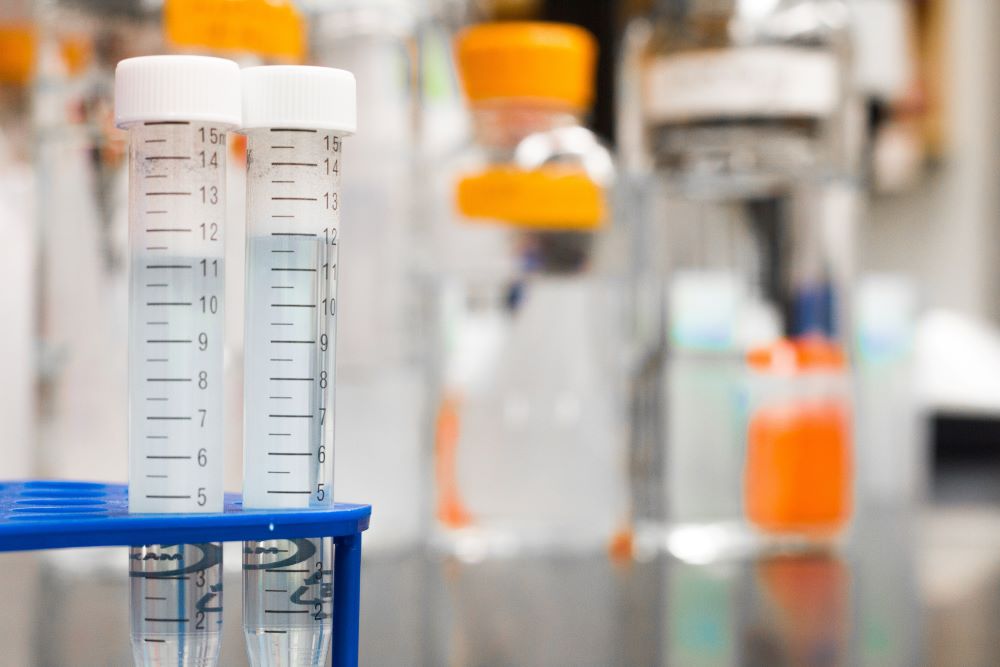Histone deacetylase 5 may prevent opioid-related relapses.
A new study by the Medical University of South Carolina has revealed the significant role of histone deacetylase 5 (HDAC5) in limiting heroin-associated memories and drug-seeking behavior following a period of abstinence in rats. The enzyme is an “epigenetic” enzyme, meaning it can influence the expression of many different genes. The findings suggest that HDAC5 plays a critical role in modulating the power of drug-associated memories and preventing a return to drug use. The study, published in the Proceedings of the National Academy of Sciences, shows HDAC5 as a target of interest in treating vulnerability to return to drug use in opioid use disorder.
Christopher Cowan, Ph.D. and his team focused on how drug associations are formed in the brain and how they trigger a return to drug use. “Individuals make long-lasting associations between the euphoric experience of the drug and the people, places, and things associated with drug use,” said Cowan.
Researchers used a molecular trick to either increase or decrease the levels of HDAC5 in the nucleus of targeted brain cells in rats to understand how HDAC5 controlled drug-seeking behavior after a period of abstinence. Rats with lower HDAC5 showed enhanced heroin-seeking behavior when exposed to triggers, while rats with higher HDAC5 showed reduced drug seeking.

“We found that HDAC5 limits heroin-associated cues and opposes the powerful nature of these drug cues to trigger drug-seeking behavior,” Cowan explained. “This suggests that, in the brain, HDAC5 functions to influence the formation and strength of these drug memories that can promote a return to drug use.”
In the future, scientists and physicians can develop targeted therapies to treat substance use disorder by leveraging HDAC5. According to the lead author, “We have uncovered a mechanism in the brain that is controlling the formation and maintenance of really powerful and enduring drug-cue associations. We want to translate these findings to the clinic and help individuals with substance use disorder by reducing vulnerability to return to regular drug use.”
Dr. Cowan’s research team hopes to explore other classes of addictive drugs, such as opioids, and see how HDAC5 affects their association with drug-seeking behavior.
Nora Volkow, director of the National Institute on Drug Abuse, responded to the findings, “This research is extremely promising and could eventually lead to novel therapies for individuals with addiction. Understanding the brain’s molecular mechanisms can open the doors to a better understanding of addiction and, ultimately, to new treatments.”
The study is part of a growing body of research into the epigenetics of addiction. In a 2020 article in Nature Reviews Genetics, researchers also reviewed several epigenetic mechanisms that contribute to drug addiction, including DNA methylation, histone modifications, and non-coding RNA. This research could lead to new approaches to prevent relapse and improve outcomes for individuals struggling with addiction.
The new findings are an important step forward in developing targeted therapies to treat substance use disorder. By understanding the brain’s molecular mechanisms, researchers and physicians can work towards helping individuals with addiction by reducing their vulnerability to return to regular drug use. According to the National Institute on Drug Abuse, substance use disorder is a chronic and relapsing brain disease that affects millions of people worldwide. While treatments exist, the high rate of relapse is a significant barrier to successful recovery. The new study’s insights into the role of HDAC5 in drug-seeking behavior could be a critical step in addressing this issue.
Sources:
A new epigenetic brain defense against recurrence of opioid use
EPIGENETICS AND DRUG ADDICTION: PREDISPOSITION, CHRONIC USE, RELAPSE AND TREATMENT


Join the conversation!